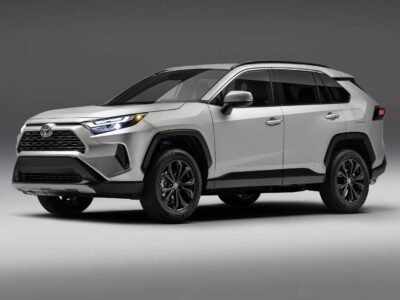
Ford Puma vs Skoda Kamiq: Ultimate SUV Comparison 2025
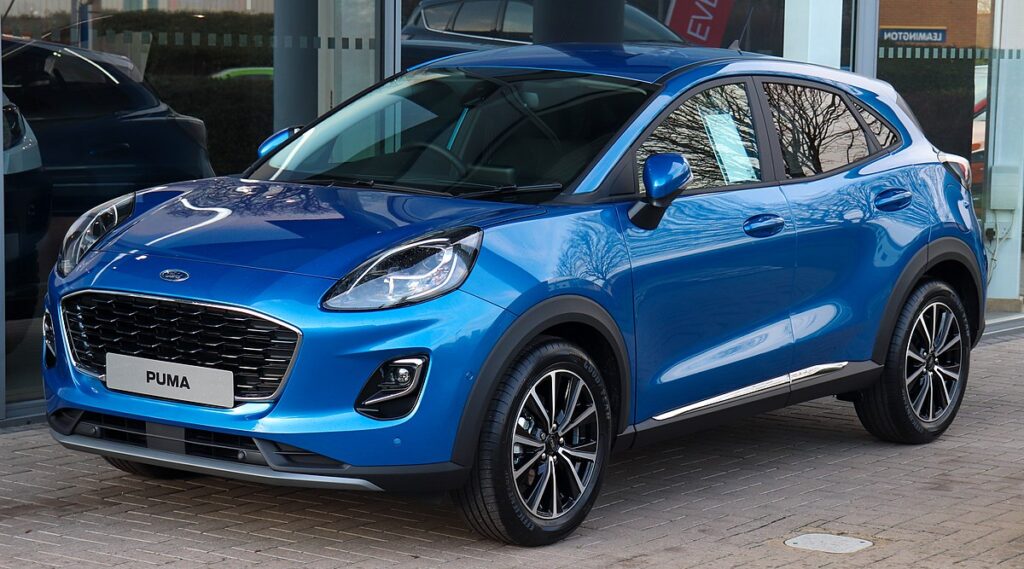
When comparing two of the most compelling compact SUVs on the European market — the Ford Puma and the Škoda Kamiq — it’s easy to see why both have become top contenders for urban and suburban drivers. Each model offers a unique blend of design, technology, and performance that caters to different priorities. Below, we dive deep into every critical aspect — from engine power and fuel economy to cargo capacity and real-world driving performance.
- ⚙️ Engine Options and Performance
- ⛽ Fuel Consumption and Efficiency
- ⚡ Electric Range and Battery Capacity
- 🚗 Design and Dimensions
- 🧳 Cargo and Practicality
- 🛣️ Ride, Handling, and Driving Dynamics
- 💺 Interior, Comfort, and Space
- 🧠 Technology and Infotainment
- 🛡️ Safety and Driver Assistance
- 💰 Price Comparison
- 🌿 Environmental Efficiency
- 🏁 Final Verdict: Which SUV Should You Choose?
⚙️ Engine Options and Performance
Ford Puma: Sporty Hybrid Versatility
The Ford Puma comes equipped with mild-hybrid EcoBoost petrol engines, combining performance with efficiency. Power outputs range from 125 HP to 168 HP, delivered through a 6-speed manual or 7-speed automatic dual-clutch transmission.
- Acceleration (0–100 km/h): 7.4–9.8 seconds
- Top Speed: Up to 210 km/h
- Torque: 170–290 Nm
Ford’s EcoBoost Hybrid system uses regenerative braking to recover energy, supporting a smoother start-stop operation and improving low-end torque response.
Skoda Kamiq: Traditional Petrol Efficiency
The Škoda Kamiq, powered exclusively by petrol engines, offers output levels between 95 HP and 150 HP, paired with manual or DSG automatic gearboxes.
- Acceleration (0–100 km/h): 8.3–11 seconds
- Top Speed: 183–214 km/h
- Torque: 175–250 Nm
While not electrified, the Kamiq focuses on dependable, refined petrol performance — perfect for long-term reliability and low running costs.
⛽ Fuel Consumption and Efficiency
| Model | Fuel Type | Consumption (L/100 km) | Electric Consumption (kWh/100 km) | CO₂ Emissions |
|---|---|---|---|---|
| Ford Puma | Mild-Hybrid Petrol / Electric | 5.4–6.0 | 13.1–13.7 | 0–136 g/km |
| Skoda Kamiq | Petrol | 5.3–5.7 | — | 121–128 g/km |
The Puma’s hybrid system offers an eco-conscious advantage with the potential for reduced emissions and lower running costs, especially in city traffic. The Kamiq, though slightly more efficient in petrol form, lacks an electrified variant for buyers seeking lower emissions.
You may be interested in reading Toyota RAV4 Gas Tank Size (1994–2025): Complete Guide by Year & Model
Toyota RAV4 Gas Tank Size (1994–2025): Complete Guide by Year & Model⚡ Electric Range and Battery Capacity
- Ford Puma Electric Variant:
- Battery: 43 kWh
- Range: 364–376 km (WLTP)
- Zero tailpipe emissions
The Puma Electric stands as a future-forward alternative within the lineup, offering versatility for both traditional and eco-focused drivers — a key edge over the Kamiq.
🚗 Design and Dimensions
Ford Puma Dimensions
- Length: 4,186–4,226 mm
- Width: 1,805 mm
- Height: 1,550–1,555 mm
- Wheelbase: 2,588 mm
- Boot Capacity: 456–523 L
Skoda Kamiq Dimensions
- Length: 4,241 mm
- Width: 1,793 mm
- Height: 1,562 mm
- Wheelbase: 2,651 mm
- Boot Capacity: 400 L
While the Kamiq offers slightly longer overall dimensions and wheelbase, the Puma provides a more flexible cargo space, including Ford’s ingenious MegaBox underfloor storage, allowing taller items to fit upright.
🧳 Cargo and Practicality
| Feature | Ford Puma | Skoda Kamiq |
|---|---|---|
| Cargo Volume | 456–523 L | 400 L |
| Rear Seats Folded | 1,216 L | 1,395 L |
| Hidden Storage | Yes (MegaBox) | No |
| Power Tailgate | Optional | Optional |
The Ford Puma outperforms in trunk versatility, making it ideal for active lifestyles. The Kamiq, however, provides a flatter load area and easier loading height — better for families prioritizing comfort and ease.
🛣️ Ride, Handling, and Driving Dynamics
Ford Puma: Engaging and Agile
Engineered on Ford’s acclaimed Fiesta platform, the Puma delivers an engaging, sport-tuned ride. Its responsive steering, balanced chassis, and firm suspension make it a driver’s delight, particularly on winding roads. The hybrid assistance enhances low-speed responsiveness, ideal for urban commutes.
Skoda Kamiq: Composed and Comfortable
The Kamiq, built on the Volkswagen Group’s MQB-A0 platform, offers a planted and comfortable ride. It prioritizes refinement, providing softer suspension damping that absorbs road imperfections well. It’s less playful than the Puma but excels in long-distance cruising.
💺 Interior, Comfort, and Space
| Feature | Ford Puma | Skoda Kamiq |
|---|---|---|
| Seating | 5 | 5 |
| Front Space | Excellent | Excellent |
| Rear Legroom | Moderate | Generous |
| Infotainment | SYNC 3 / SYNC 4 (8–12.3") | 8–9.2" Škoda Connect |
| Digital Cluster | 12.3" | 10.25" |
| Upholstery | Cloth / Leather / ST-Line Sports | Fabric / Leather / Monte Carlo Trim |
The Kamiq provides superior rear legroom and a more upright cabin design. The Puma counters with a driver-focused cockpit, sporty accents, and higher-quality tactile materials in ST-Line trims.
You may be interested in reading Toyota RAV4 Gas Tank Size (1994–2025): Complete Guide by Year & Model
Toyota RAV4 Gas Tank Size (1994–2025): Complete Guide by Year & Model Toyota RAV4 Dashboard Warning Lights and Symbols (2001–2024)
Toyota RAV4 Dashboard Warning Lights and Symbols (2001–2024)🧠 Technology and Infotainment
- Ford Puma Highlights:
- 12.3" digital cluster
- SYNC 4 infotainment with OTA updates
- Wireless Apple CarPlay & Android Auto
- FordPass remote connectivity app
- Optional Bang & Olufsen 10-speaker system
- Skoda Kamiq Highlights:
- 10.25" Virtual Cockpit
- MIB3 infotainment with voice control
- Built-in Wi-Fi hotspot
- SmartLink smartphone integration
- Optional Canton sound system
Both systems deliver intuitive interfaces and connectivity, but Ford’s SYNC 4 offers quicker responsiveness and more integration options than Skoda’s MIB3.
🛡️ Safety and Driver Assistance
| System | Ford Puma | Skoda Kamiq |
|---|---|---|
| Lane Keeping Assist | ✅ | ✅ |
| Adaptive Cruise Control | ✅ | ✅ |
| Blind Spot Monitor | ✅ | ✅ |
| Traffic Sign Recognition | ✅ | ✅ |
| Parking Assist | ✅ | ✅ |
| Autonomous Emergency Braking | ✅ | ✅ |
| Cross Traffic Alert | ✅ | ❌ |
Both models earn top Euro NCAP ratings (⭐⭐⭐⭐⭐), ensuring advanced safety protection. The Puma’s additional cross-traffic assist and driver alert features add an extra layer of prevention in urban driving.
💰 Price Comparison
| Model | Starting Price | Top Trim Price | Transmission Options |
|---|---|---|---|
| Ford Puma | €30,800 | €43,200 | Manual / Automatic |
| Skoda Kamiq | €27,000 | €39,700 | Manual / Automatic |
The Kamiq offers a more accessible entry point, while the Puma commands a premium for its hybrid systems and higher equipment levels.
🌿 Environmental Efficiency
| Metric | Ford Puma | Skoda Kamiq |
|---|---|---|
| CO₂ Emissions | 0–136 g/km | 121–128 g/km |
| Fuel Type Options | Hybrid, Electric, Petrol | Petrol only |
| Efficiency Rating | A–E | D |
The Puma stands out as a more eco-friendly and future-ready SUV, particularly in its hybrid and electric configurations.
🏁 Final Verdict: Which SUV Should You Choose?
Both the Ford Puma and the Škoda Kamiq stand tall in the compact SUV segment, each appealing to a distinct audience:
- Choose the Ford Puma if you value dynamic driving, hybrid technology, and smart design innovations. Its eco-focused powertrains and sporty personality make it a standout for active, urban drivers.
- Choose the Skoda Kamiq if your priorities are comfort, practicality, and value. Its spacious interior and solid reliability ensure long-term satisfaction for everyday commuting and family use.
In essence, the Puma is the driver’s SUV, while the Kamiq is the commuter’s SUV — both exceptional in their respective fields.
You may be interested in reading Toyota RAV4 Gas Tank Size (1994–2025): Complete Guide by Year & Model
Toyota RAV4 Gas Tank Size (1994–2025): Complete Guide by Year & Model Toyota RAV4 Dashboard Warning Lights and Symbols (2001–2024)
Toyota RAV4 Dashboard Warning Lights and Symbols (2001–2024)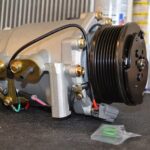 Toyota RAV4 AC Not Working: Definitive Troubleshooting & Repair Guide (All Model Years)
Toyota RAV4 AC Not Working: Definitive Troubleshooting & Repair Guide (All Model Years)🔑 Quick Takeaway
| Category | Winner |
|---|---|
| Performance | Ford Puma |
| Efficiency | Ford Puma |
| Comfort | Skoda Kamiq |
| Interior Space | Skoda Kamiq |
| Technology | Ford Puma |
| Value for Money | Skoda Kamiq |
| Overall Winner | Ford Puma (for innovation and driving dynamics) |
If you want to know other articles similar to Ford Puma vs Skoda Kamiq: Ultimate SUV Comparison 2025 you can visit the category Blog.
Deja una respuesta

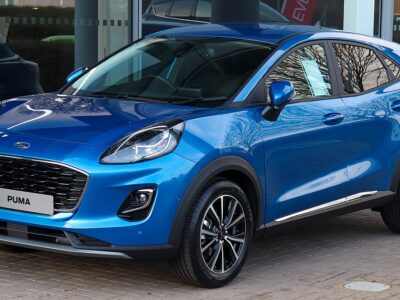
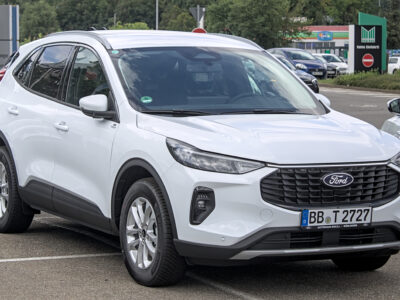
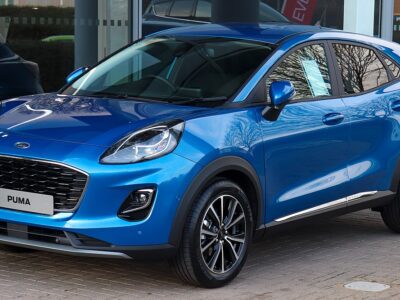
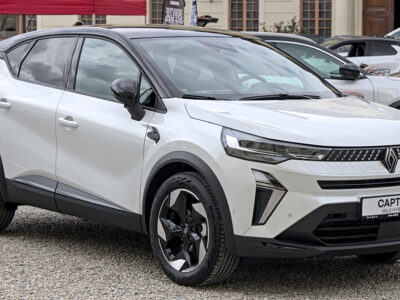
More content of your interest